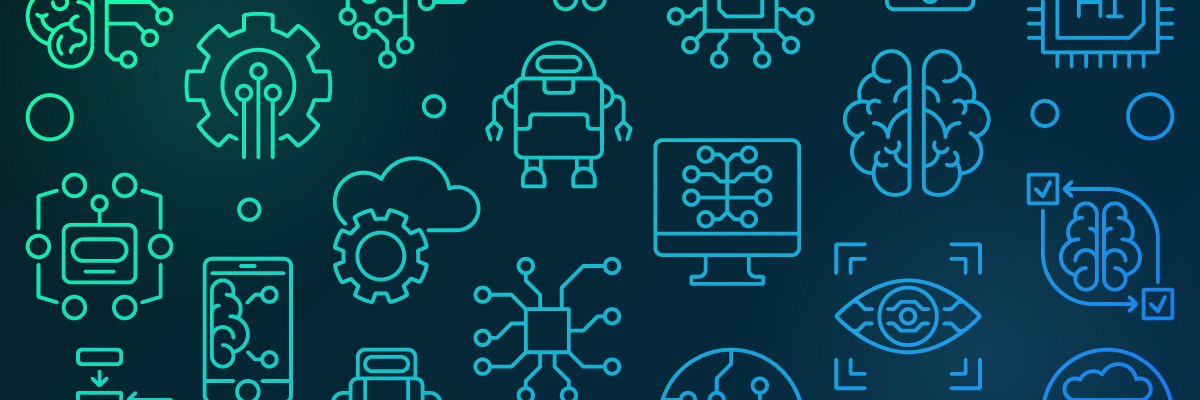Exploring the Link Between Generative AI, Cybersecurity, and Digital Trust

The rise of generative AI has been nothing short of meteoric, capturing global attention with its transformative potential. Yet, as this technology reshapes industries, it also brings with it a host of cybersecurity, legal, and digital trust challenges. In stark contrast to the lighthearted tagline of the comedy show Whose Line Is It Anyway?—"It's the show where everything's made up, and the points don't matter"—the stakes in generative AI couldn’t be higher. The content it creates can have profound implications, so much so that leading AI executives have equated the potential risks of AI to existential threats like pandemics and nuclear war.
The Generative AI Landscape: A Double-Edged Sword
Generative AI relies on advanced machine learning, such as deep neural networks, to produce remarkably realistic content—be it images, text, or audio. While these outputs showcase impressive realism, they also open the door to significant risks. For instance, one alarming case involved an attacker using AI-generated audio to mimic a CEO’s voice and access sensitive bank details. The proliferation of generative AI tools is undeniable, but so are the concerns surrounding their potential misuse and inherent flaws, such as biases and hallucinations stemming from the datasets used to train these systems.
Legal Complexities of AI-Generated Content
At the heart of the debate lies a fundamental question: Who owns the rights to AI-generated content? In the U.S., copyright law currently demands human creative input for protection, leaving works solely created by AI unprotected. However, this stance varies across jurisdictions, adding layers of complexity for businesses operating globally.
Ownership disputes extend to the input as well as the output. Generative AI thrives on high-quality prompts, often sourced from proprietary or sensitive information. Organizations must tread carefully, as sharing such data with AI tools could have unintended consequences. On the other hand, developers of AI systems are not yet obligated to disclose the datasets used for training, raising concerns about transparency and potential copyright infringements.
These challenges are not hypothetical. A lawsuit filed against GitHub and Microsoft in late 2022 highlighted the murky waters of AI-generated code, questioning the legality of training models on publicly available but copyrighted material. As generative AI systems become more accessible and less costly to develop, the urgency for clear regulations grows.
A Patchwork of Regulations
Efforts to regulate AI are underway, albeit slowly. The European Commission’s AI Act, set to take full effect in the coming years, aims to enhance transparency and prevent misuse, requiring generative AI systems to disclose when copyrighted data has been used. Similarly, the ASEAN Guide on AI Governance and Ethics, expected in 2024, will address issues like misinformation.
However, a global regulatory framework remains a distant goal. Each country or region has unique needs, making uniform legislation challenging. In the meantime, gaps in existing laws leave organizations vulnerable to risks ranging from intellectual property disputes to jurisdictional complexities.
Implications for Digital Trust and Security
Generative AI has blurred the lines of accountability, raising difficult questions about liability for harm caused by its misuse. From spreading misinformation to enabling cyberattacks, the potential for abuse is vast. Even biometric security systems face new threats, as AI-generated content could be weaponized to bypass authentication systems.
Addressing these risks requires a multi-pronged approach. Technology solutions like digital watermarking and AI verification tools can help establish the authenticity of content. Enhanced cybersecurity measures are also essential to safeguard systems from exploitation.
Building Trust Through Risk Management
Until regulations catch up, organizations must proactively manage the risks of generative AI. Frameworks like the NIST AI Risk Management Framework (RMF) provide a valuable roadmap. By fostering a culture of accountability, organizations can integrate risk management into the entire AI lifecycle, from development to deployment.
Key steps include diversifying datasets to mitigate biases, securing buy-in from senior management, and mapping risks to specific AI applications. Transparency and rigorous testing are critical to maintaining stakeholder trust.
The Road Ahead
Generative AI has undeniably revolutionized how we create and consume digital content. But with great power comes great responsibility. The pace of regulatory development lags far behind the technology’s rapid evolution, leaving organizations to navigate uncharted territory.
To bridge this gap, businesses must take the initiative—educating stakeholders, conducting risk assessments, and implementing safeguards. The stakes are too high to wait for policymakers to catch up. By acting decisively, organizations can harness the benefits of generative AI while minimizing its risks, ensuring that innovation thrives in a responsible and secure environment.
Source : Intersection of generative AI, cybersecurity and digital trust | TechTarget